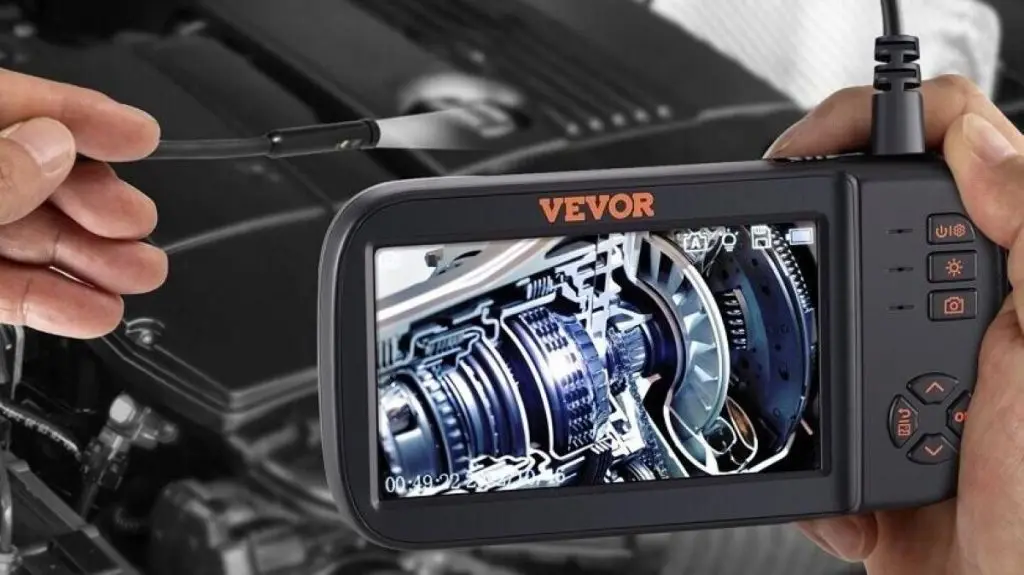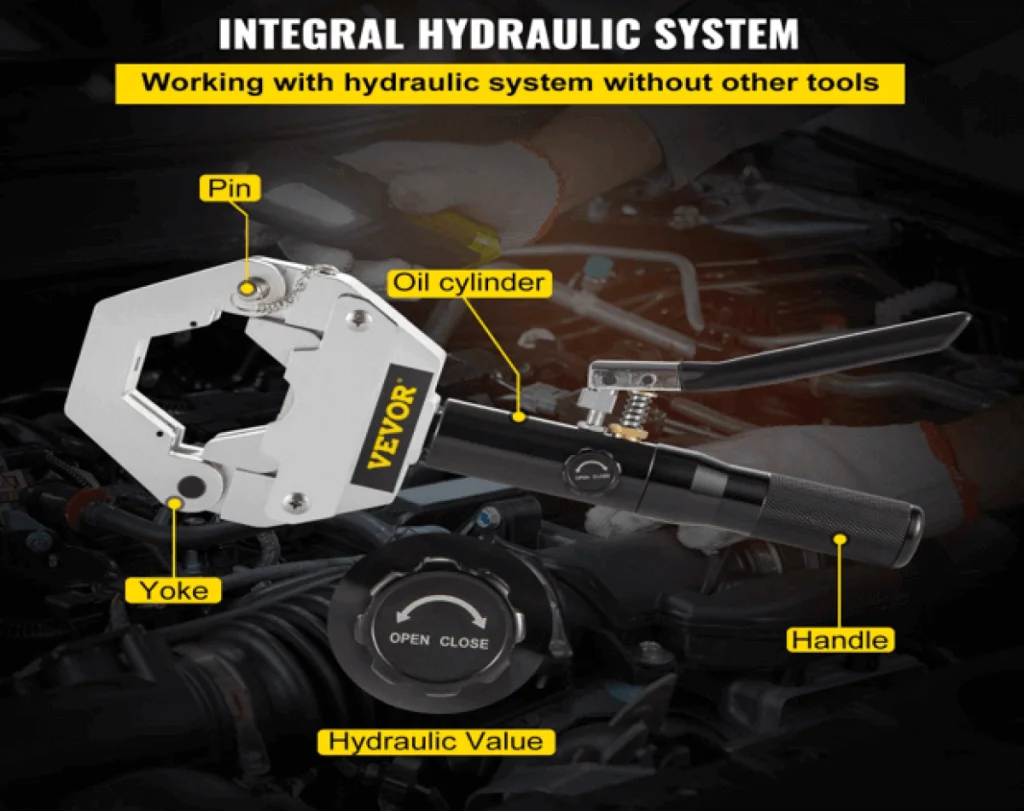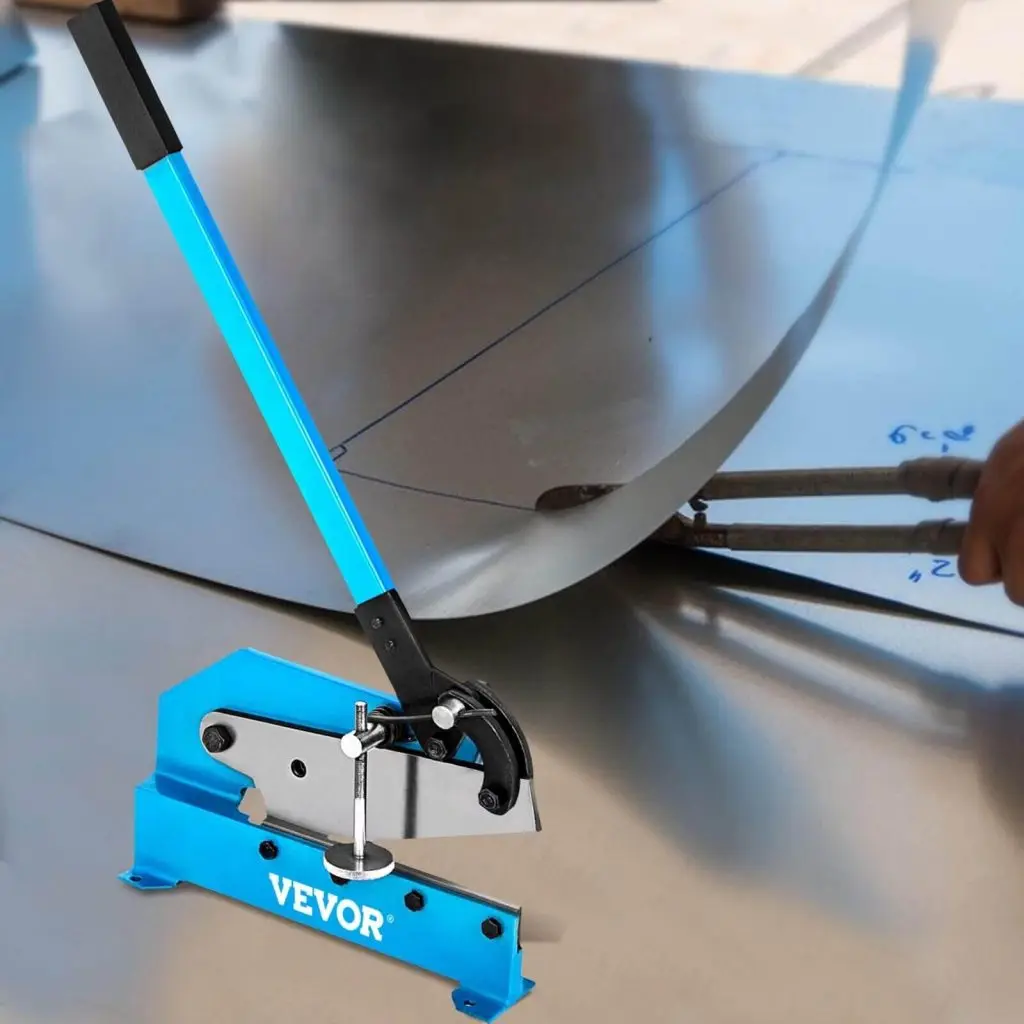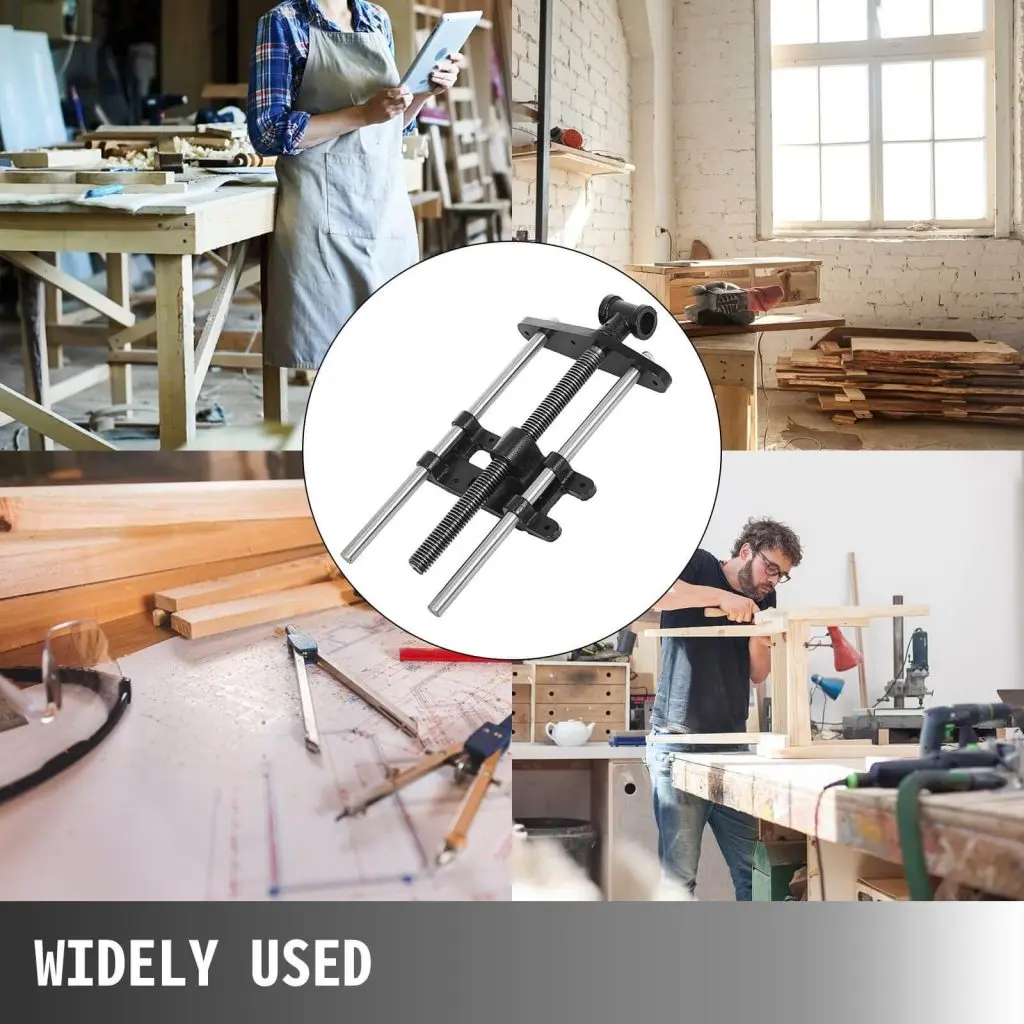CFM (Cubic Feet per Minute) refers to the volume of air that an air compressor can deliver in one minute. It’s a crucial metric for assessing compressor airflow capacity and ensuring they can meet the demands of air-powered tools and equipment.
On the other hand, PSI (Pounds per Square Inch) measures the pressure exerted by the compressed air. It determines the force with which air is delivered to the tools, influencing their performance and efficiency.
Matching CFM and PSI to the requirements of air tools is vital for optimal performance. For instance, a VEVOR air compressor must provide sufficient CFM and PSI to operate VEVOR air tools effectively. If the compressor’s CFM or PSI rating falls short of the tool’s requirements, it may lead to decreased tool performance, longer operating times, or even damage to both the tools and the compressor. Therefore, understanding and matching CFM and PSI values are essential for mastering air tools and maximizing efficiency.
Table of contents
Why CFM and PSI Are Crucial for Air Compressor Performance
What keeps your air compressor running right? It’s all about finding the perfect balance between CFM (Cubic Feet per Minute) and PSI (Pounds per Square Inch), especially for VEVOR’s products.
Think of CFM like the breath of your compressor—it’s how much air it can push out in a minute. This is super important because it affects how fast your air-powered tools work. If your compressor is short on breath (or CFM), your tools might feel sluggish, taking longer to complete the job.
PSI is the muscle behind the air—how strongly it can push. Tools need the right amount of pressure to work their best. If you have too little PSI, your tools might not be as powerful as needed, making some tasks a bit tougher.
Getting the CFM and PSI right for those lovely VEVOR compressors means your tools will operate as smoothly and efficiently as they should. VEVOR designs its compressors with specific CFM and PSI levels to ensure they play nicely with its tools.
Enough CFM ensures your compressor has enough air to keep your tools running without a hitch. The right amount of PSI means your tools have the power behind them to do their jobs well.
You can help your VEVOR compressor work its best by paying attention to CFM and PSI. This will give you steady and trusty help, whether at a big construction site, in a busy workshop, or just tinkering at home. Matching your tools to your compressor’s breath and muscle is your secret to nailing that perfect air compressor performance and getting more done with less fuss.
How to Use a CFM to PSI Calculator
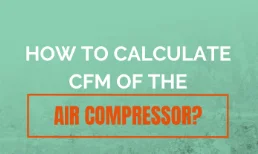
Ever find yourself scratching your head trying to figure out if your air compressor packs enough punch for your tools? Don’t worry, we’ve all been there. A CFM to PSI calculator can simplify this puzzle in simple steps. Here’s how to do it without getting bogged down in the technical mumbo-jumbo:
Step 1: Start with What You Know
Before anything else, gather a couple of numbers: how much airflow (CFM) your tool needs to work its magic and what your air compressor brings to the table, either its tank size or pressure chops (PSI).
Step 2: Find Your Calculator
Hop online and find a friendly CFM to PSI calculator. Plenty is ready to help, so pick one that seems easy to use and lets you enter your CFM needs and other bits of info.
Step 3: Share Your Tool’s Needs
Now, tell the calculator about your tool’s CFM requirement. This is a fancy way of saying how much air it needs to do its job correctly.
Step 4: And Then Your Compressor’s
Next, key in what your compressor can handle. Whether it’s the tank size or how high it can crank the pressure, this helps determine whether it can meet your tool’s air demands.
Step 5: Hit ‘Calculate’
After you’ve completed the hard part, just hit the calculate button. The calculator will work magic and tell you the PSI (pressure level) necessary to keep your tool happy and working smoothly.
Step 6: Check the Results
Take a look at the number the calculator gives you. This tells you the pressure your compressor needs to work at to be the wind beneath your tool’s wings. If the number looks higher than your compressor’s handle, consider an upgrade.
And there you have it! Using a CFM to PSI calculator is as simple as following these steps. There is no need for a degree in rocket science, just a little bit of know-how, and you’re on your way to ensuring your air tools and compressor are a perfect match.
Have you got a VEVOR air compressor, and how can you ensure it works just right with your tools? It’s pretty simple!
Imagine you’ve got one of those VEVOR compressors with a big 20-gallon tank, and you need it to run a tool that uses 5 CFM (that’s Cubic Feet per Minute, by the way – a way to measure how much air the tool needs).
To figure out how to make them work together perfectly, there’s a handy tool called a CFM to PSI calculator. Here’s how it goes: tell the calculator your tool needs 5 CFM, and your compressor’s tank holds 20 gallons. Like magic, it’ll tell you the PSI (Pounds per Square Inch – this is the pressure) needed to keep your air tool running smoothly.
That’s it! This little trick helps you get the best out of your VEVOR air tools and compressor.
Factors Affecting Air Compressor Efficiency
Several factors influence the efficiency of air compressors, including VEVOR models, and can impact CFM calculations:
- Motor Smarts: The heart of the compressor is its motor. If it’s an intelligent worker, it doesn’t waste much electricity and gives you more air to work with. It’s like having a car that uses less gas but zooms fast.
- How Hot or Cold It Is Outside The temperature can affect how much air the compressor can push out. On a hot day, the air is lighter and spreads out, so the compressor has to work harder to gather enough of it. This means you might get less air when it’s warm outside.
- Type of Compressor: There are different kinds of compressors – some go back and forth, some spin, and some push air fast in a straight line. Each type has its special perk. For instance, VEVOR’s spinny ones are super good at giving a steady stream of air without taking breaks.
- Size Matters: Bigger air tanks on compressors are like giant backpacks; they can hold more air, so the machine doesn’t have to keep turning on and off. Also, if a compressor can squeeze air more tightly, it can push out more air when needed.
- Keeping It Clean and Sealed: Just like you must keep your bike oiled and your tires pumped, keeping a compressor clean and ensuring no leaks is critical. VEVOR designs theirs so they don’t leak much, which means all the air goes where you need it.
Considering these factors is crucial for maximizing the efficiency and performance of air compressors, particularly VEVOR models. By understanding how motor efficiency, ambient temperature, compressor type, tank size, pressure, and maintenance practices influence CFM calculations, users can make informed decisions when selecting and operating air compressors. This will ensure they meet the requirements of their applications while minimizing energy consumption and operating costs.
Is a VEVOR air compressor sitting in your garage? Whether for a weekend project or part of your daily toolkit, knowing how to pair it perfectly with your air tools means smoother work and better results. Say you have a trusty 20-gallon VEVOR compressor. If your air tool needs 5 CFM (that’s Cubic Feet per Minute of air), here’s a simple way to ensure they play nice together.
Grab a CFM to PSI calculator (a quick search online, and you’re there), pop in 5 CFM for your tool’s needs, and 20 gallons for your compressor’s tank size. The calculator buzzes for a second, and – voilà – out comes the PSI (Pounds per Square Inch) you need to keep everything running smoothly without missing a beat.
Choosing the Right VEVOR Air Compressor for Your Needs
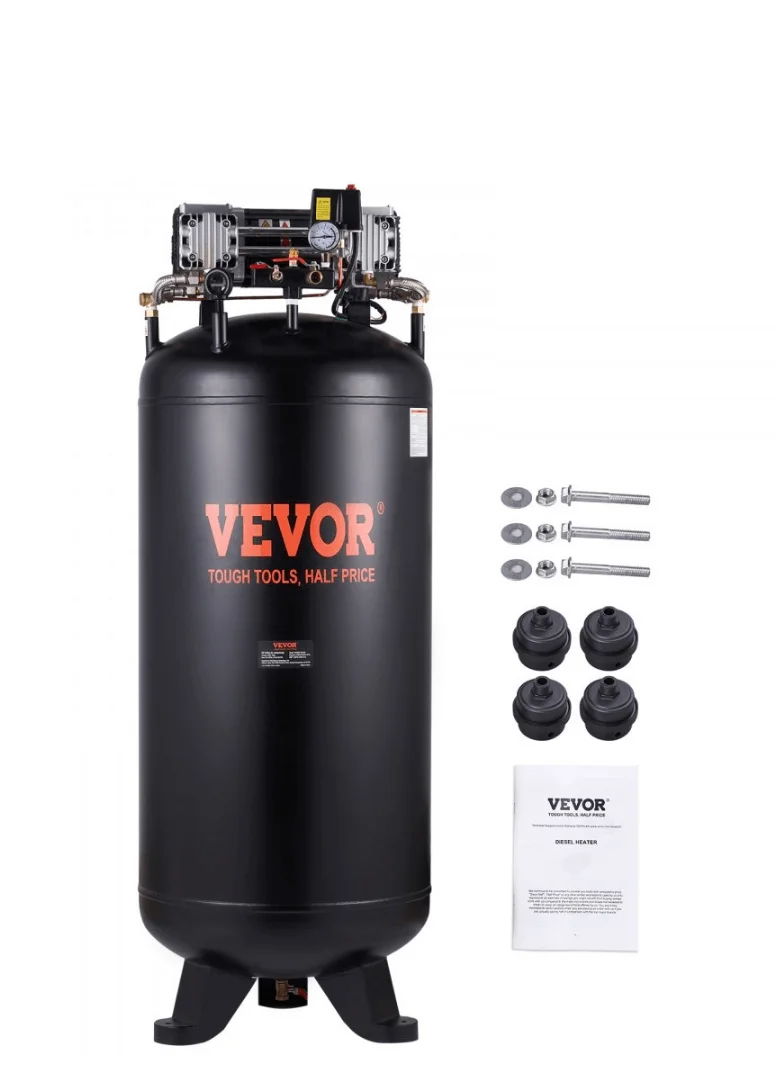
When you think about VEVOR air compressors, picture a best friend in your workshop or industry – someone who’s always reliable and quietly working away to ensure you have what you need. These compressors stand out for a few simple yet essential reasons:
- They’re like a trusty car that never lets you down. With their muscular build, you can always count on them to deliver the airflow and pressure you need. Knowing they’re there and ready to support various projects is comforting.
- They’re mindful about not wasting. Who doesn’t appreciate a friend who helps you save? VEVOR compressors make the most of their energy, ensuring you get top-notch performance without those pricey energy bills creeping up.
- They fit in just about anywhere. Whether tinkering in your home workshop or managing big tasks in a more industrial setting, a VEVOR compressor feels just right. It’s like having gear that grows with you, adapting to whatever challenge you take on next.
- They’re in it for the long haul. Life can throw a lot our way, but these compressors are built to handle the bumps and knocks of demanding work, making them a lasting part of your toolkit.
Choosing the suitable compressor feels less daunting when you know what to look for, like how much air it can move (CFM) and the pressure it can give (PSI). With a VEVOR air compressor by your side, you’re ready to tackle a wide array of tasks with a machine designed just for you and your needs.
Advantages of VEVOR Air Compressors
- Reliability: VEVOR air compressors are known for their robust construction and reliable performance, providing consistent airflow and pressure for various applications.
- Efficiency: With high motor efficiency and optimized design, VEVOR compressors deliver excellent performance while minimizing energy consumption, resulting in cost savings over time.
- Versatility: VEVOR offers various air compressor models suitable for different tasks and environments, from portable units for home workshops to industrial-grade compressors for heavy-duty applications.
- Durability: VEVOR air compressors are built to withstand demanding operating conditions, ensuring long-term durability and reliability even in harsh environments.
By considering CFM and PSI requirements, along with the advantages of VEVOR air compressors, users can confidently select the compressor that best meets their specific needs, ensuring optimal performance and efficiency across various applications.
Common Mistakes in CFM Calculation and How to Avoid Them
When it comes to figuring out the proper CFM (Cubic Feet per Minute) for air compressors, like those from VEVOR, there are a few easy-to-make missteps we all want to avoid. Here’s a friendly guide to keeping those mistakes at bay:
Checking Your Tools
Sometimes, we might use the wrong numbers for what our air tools need, such as picking a compressor that needs to be more significant for the job. It’s always a good idea to double-check the latest numbers from the tool’s maker or even measure how much air the tool uses.
Remembering the Little Things
It’s easy to forget the small losses that add up, like air leaks or when the system could be more snug and efficient. When planning, think about the entire path the air takes and add a little extra to your calculations to cover these sneaky extras.
Weather and Altitude Matters
The weather outside, how humid it is, and how high up you are can change how well a compressor works. Adjusting your CFM to consider these things will help keep surprises at bay and ensure your compressor works like a charm.
Keeping an Eye on Time
Compressors can only work so hard before they need a break. Using too much without rest can tire them and wear them out sooner. When picking out a VEVOR compressor, think about how much it needs to run and pick one that can comfortably handle the pace.
Thinking Ahead
It’s exciting to think about more tools or more significant projects down the road. When you select your compressor, choosing one that can grow with you means you will return to square one later.
By keeping these friendly pointers in mind, you’ll be well on your way to choosing a VEVOR air compressor that fits just right and makes your projects run smoothly.
FAQs
How do I calculate CFM for my air tools?
Determine the CFM requirements of your tools and match them to the CFM rating of your air compressor using accurate measurements or manufacturer specifications.
Why is PSI important in air compressor selection?
PSI determines the pressure at which compressed air is delivered to tools, influencing their performance. Matching PSI requirements ensures optimal tool operation.
Last Words
Wrapping things up, it’s essential to understand how CFM (the amount of airflow) and PSI (the air pressure) work together, especially if you want to make sure your air tools run smoothly. Ensuring you’ve got the numbers right means your tools and VEVOR air compressor will be a perfect match, helping you work better and faster. VEVOR is known for making sturdy and efficient compressors, so picking one of theirs means you’re set for any job you’ve got in mind, from home DIYs to more significant professional projects. Choosing a VEVOR could change how well things go in your workspace. So, GIVE IT A TRY!


